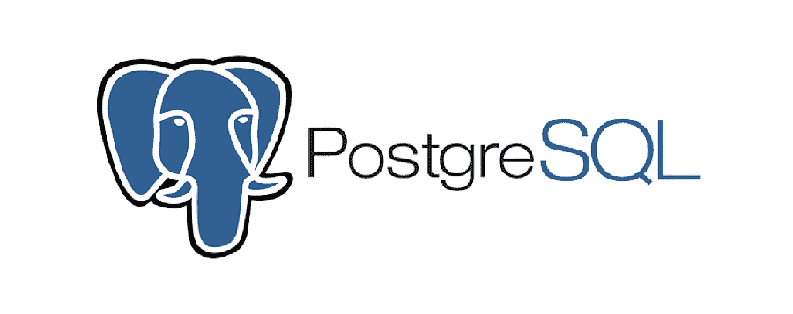✔ PostgreSQL is an object-relational database management system (ORDBMS) that provides a powerful alternative to a traditional relational database management system (RDBMS).
✔ t combines relational and non-relational models to allow for more user flexibility and can handle more complex scenarios and unstructured data

➢ What is SQL & why is it used?
➢ Flavors of SQL: Postgres vs SQL Server, etc.
➢ Database Tables, Rows, & Columns
➢ Using ER (Entity Relationship) Diagrams to visual what’s in a database
➢ Connecting to a Database
➢ Database Navigator
➢ SQL Query Editor
➢ Using Code Hints
➢ Viewing the Results of your SQL query
➢ Setting Preferences
➢ Syntax of a SELECT statement
➢ Selecting all columns or specific columns from a table
➢ Limiting the number of results using LIMIT
➢ Ordering the results using ORDER BY
➢ Returning only DISTINCT records (eliminating duplicates)
➢ Data Types (Strings vs Numbers).
➢ Comparison Operators: equal to, greater or less than, not equal to, etc.
➢ Filtering results using WHERE, AND, OR, IN, and NOT
➢ Pattern Matching: Wildcard Filters
➢ Case Sensitivity
➢ What are Primary vs Primary Keys
➢ Database Relations: One-to-One, One-to-Many, & Many-to-Many
➢ The difference between Inner & Outer Joins
➢ Inner Joins
➢ Column & Table Aliases
➢ Left Join
➢ Right join
➢ Full join
➢ Find Null values
➢ Using OVER and PARTITION BY to apply Aggregate Functions
➢ Adding If-Else Logic with CASE
➢ Simple CASE vs Searched CASE
➢ Manipulating text using string functions
➢ Using SUBSTRING, SPLIT_PART, UPPER, etc.
➢ Using GROUP BY to organize results into categories
➢ Applying Aggregate Functions to groups
➢ Using HAVING to filter the results of a GROUP BY
➢ HAVING vs WHERE
➢ What are Views?
➢ The Advantages & Disadvantages of using Views
➢ How to Use & Query a View
➢ The difference between regular Views and Materialized Views
✔ Before you start practicing with various types of examples given in this reference
✔ The requirement to learn PostgreSQL is knowledge of the database, mainly the RDBMS and MySQL.

✔ 48 hours on-demand video
✔ 50 articles
✔ 95 downloadable resources
✔ 13 coding exercises
✔ Full lifetime access
✔ Access on mobile and TV
✔ Assignments
✔ Certificate of completion
✔ Closed captions